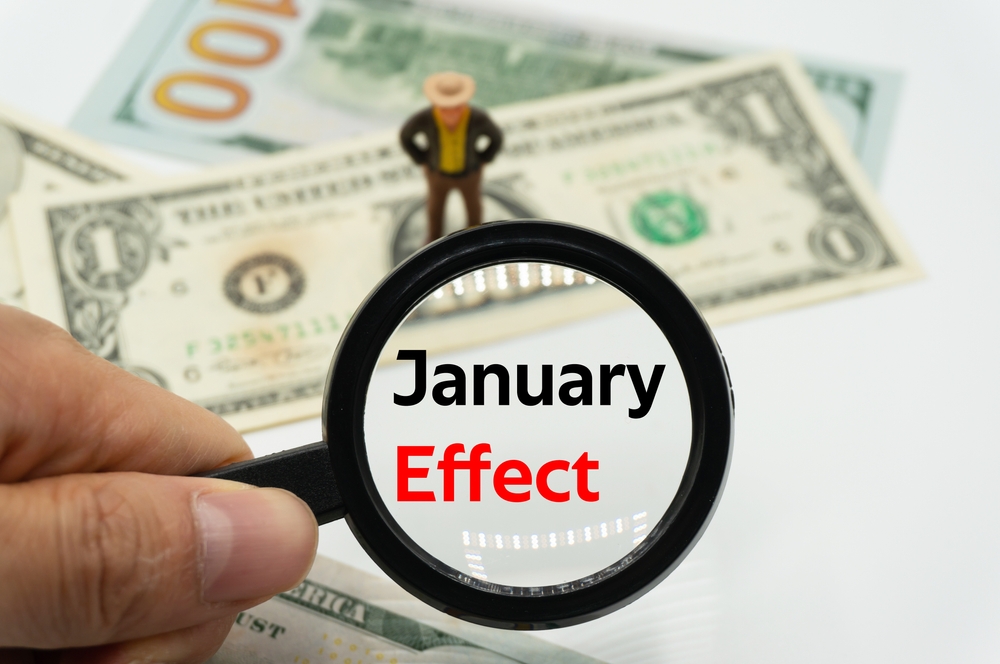Could small cap stocks rally this December?
After a stellar 2020, when they outperformed their larger brethren, small cap stocks – stocks with market caps between $300 million and $2 billion – have performed just as poorly as large caps so far this year.
Typically, small caps underperform large caps in difficult market environments, like the one we’ve all suffered through this year.
It’s thought that smaller companies are more vulnerable to the slings and arrows of changes in the economy, inflation and interest rates – as well as supply and labor constraints, which companies of all sizes have experienced this year.
Small firms don’t have the deep cash cushions and credit lines that big companies enjoy, at least not to the same extent.
So when the worrisome factors I listed above appear, investors often retreat to large cap stocks for safety.
However, this year was so difficult for the market that stocks of small caps and larger companies suffered equally.
Both the Russell 2000 index of small caps and the Russell 1000 index of large cap stocks are down about 17% year to date.
The January Effect
But there’s something called the January effect that investors should be aware of.
Basically, small cap stocks tend to outperform large caps in January.
According to The Stock Trader’s Almanac, between 1980 and early 2021, the Russell 2000 averaged a gain of 18.2% in January (on an annualized basis) compared with a 12.7% gain for large caps, as measured by the Russell 1000.
But there’s a twist. A deeper dive into the data found that the January small cap rally that’s been so evident over the years actually begins in mid-December.
Over that same time period (1980-2021), from December 15 through the end of January, the Russell 2000 gained 38.6% on average (annualized) while the Russell 1000 gained 22.2%.
Why does this happen?
That’s not exactly clear. Market researchers who have studied the January effect seem to think that year-end bonuses and dividends give investors extra money to invest, and they often put it into lesser-known, smaller stocks to start the new year. Some investors also may sell stocks in December to claim a capital loss on taxes and then reinvest the money into smaller stocks with greater growth potential.
Whatever the reason, the January effect is statistically significant.
Starting Small
Finally, it’s always worth reminding ourselves that all large cap stocks were once small caps. It’s an obvious point, yet we tend to forget it. And it’s worth considering when we start talking about small caps as being distinct from large caps.
Remember that Apple‘s (Nasdaq: AAPL) market cap was just over $1 billion when it went public in 1980 (equal to about $3.37 billion today). And Microsoft (Nasdaq: MSFT) went public in 1986 with a measly $780 million valuation (about $2 billion today).
The last time I checked, those two firms were among the world’s largest by market cap. In fact, they’re No. 1 (Apple) and No. 3 (Microsoft). (Saudi Aramco is No. 2.)
This brings to mind the so-called “small cap effect,” which states that small cap stocks outperform large caps over the long term. In fact, since the mid-1920s, the 10% of stocks with the smallest market caps have beaten the largest 10% of stocks by an annualized margin of 2.4 percentage points. That’s according to research by Kenneth French, a Dartmouth College finance professor.
That effect has been less pronounced in recent years. But as Alexander Green has written, small cap and microcap firms “have the potential to generate some of the market’s biggest returns.”
These companies often fly under the radar of Wall Street and the media, and they have much more potential for massive growth than large caps. It’s a lot easier to double your revenue when it’s $100 million than when it’s $394 billion.
If you’re looking for outsize returns, Alex writes, “Devote a portion of your portfolio to fast-growing small companies with successful products and services – and superb prospects.”
As always, invest wisely,
Matt
